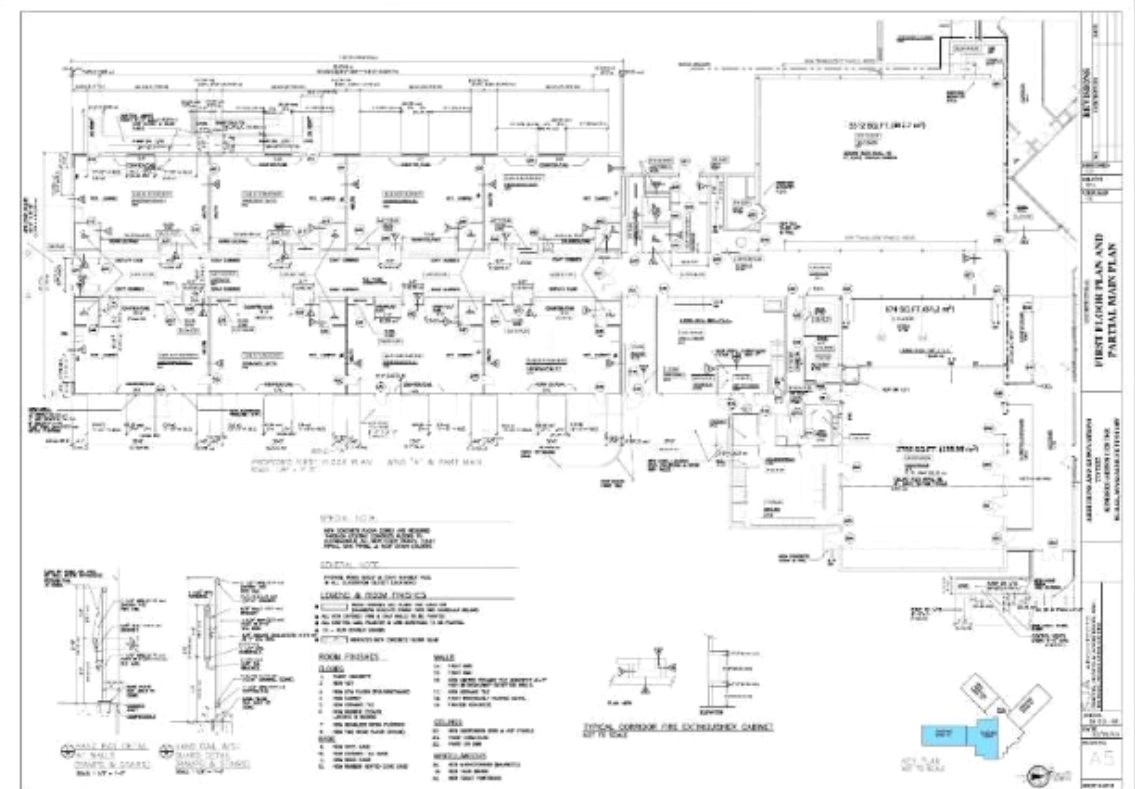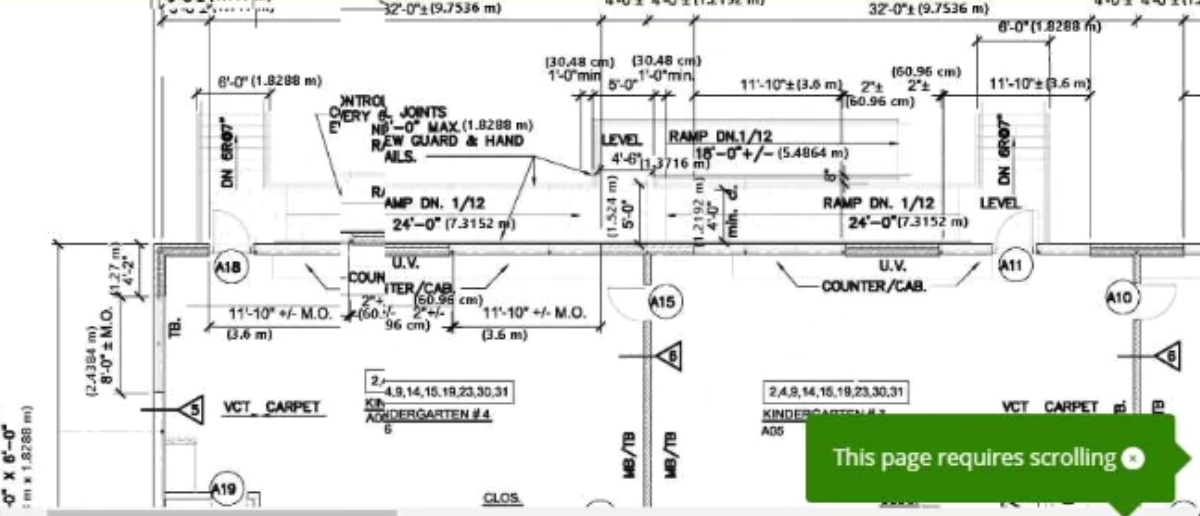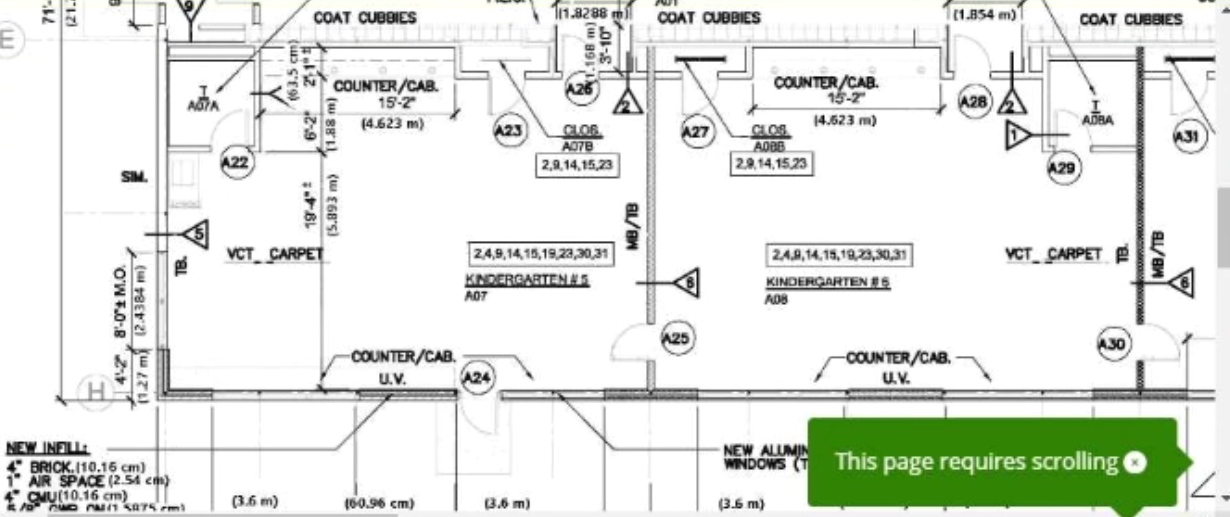At ValidExamDumps, we consistently monitor updates to the NFPA CFPE exam questions by NFPA. Whenever our team identifies changes in the exam questions,exam objectives, exam focus areas or in exam requirements, We immediately update our exam questions for both PDF and online practice exams. This commitment ensures our customers always have access to the most current and accurate questions. By preparing with these actual questions, our customers can successfully pass the NFPA Certified Fire Plan Examiner exam on their first attempt without needing additional materials or study guides.
Other certification materials providers often include outdated or removed questions by NFPA in their NFPA CFPE exam. These outdated questions lead to customers failing their NFPA Certified Fire Plan Examiner exam. In contrast, we ensure our questions bank includes only precise and up-to-date questions, guaranteeing their presence in your actual exam. Our main priority is your success in the NFPA CFPE exam, not profiting from selling obsolete exam questions in PDF or Online Practice Test.
Exhibit.



What is the guardrail height for rampS/Stairs shown in plan A5?
According to the plan A5, the guardrail height for ramps and stairs is indicated as 3 ft 6 in (1 m). This height is compliant with the general safety standards specified in building codes and NFPA standards to prevent falls and ensure safety. The height meets the minimum requirement set by the International Building Code (IBC) and NFPA 101 (Life Safety Code) for guardrails in public and commercial buildings, ensuring effective protection for all building occupants.
What is a plans review checklist used for?
A plans review checklist is an internal guide used by plans examiners to ensure they do not overlook critical design aspects during the review process. It helps standardize the review procedure, making sure all essential code requirements and safety measures are considered before approving a plan. This tool is crucial in maintaining consistency and thoroughness in the plan review process.
Actuation of alarm notification appliances at the protected premises shall occur within how many seconds after the activation of an initiating device?
According to NFPA 72, National Fire Alarm and Signaling Code, the actuation of alarm notification appliances at the protected premises shall occur within 10 seconds after the activation of an initiating device, such as a smoke detector or manual pull station. This quick response time is crucial to ensure occupants are promptly alerted to evacuate in case of a fire or emergency, minimizing potential harm or loss of life. This requirement is established to maximize safety and compliance with fire protection standards.
NFPA is responsible for which of the following activities involved in the code development process?
I . Establish rules to promote fairness of the process
II . Perform laboratory tests to validate accuracy of published information III Enforce compliance of codes and standards
IV . Administer the development process
The National Fire Protection Association (NFPA) is responsible for establishing the rules that ensure fairness and transparency in the development process of codes and standards (I) and administering this development process (IV). The NFPA does not perform laboratory tests to validate the accuracy of published information (II), nor does it enforce compliance with the codes and standards (III). Compliance enforcement is the responsibility of local authorities having jurisdiction (AHJ).
Where would you find information pertaining to the seismic load?
Information pertaining to seismic loads would be found in the structural plans. These plans contain details about the building's framework and its ability to resist seismic forces. The structural plans include calculations and specifications that ensure the building's integrity under seismic stress, following relevant codes such as the International Building Code (IBC) and NFPA 5000.